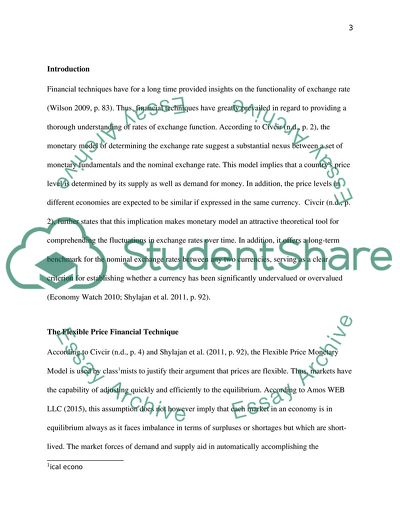Cite this document
(International finance Essay Example | Topics and Well Written Essays - 1500 words - 2, n.d.)
International finance Essay Example | Topics and Well Written Essays - 1500 words - 2. https://studentshare.org/finance-accounting/1862428-international-finance
International finance Essay Example | Topics and Well Written Essays - 1500 words - 2. https://studentshare.org/finance-accounting/1862428-international-finance
(International Finance Essay Example | Topics and Well Written Essays - 1500 Words - 2)
International Finance Essay Example | Topics and Well Written Essays - 1500 Words - 2. https://studentshare.org/finance-accounting/1862428-international-finance.
International Finance Essay Example | Topics and Well Written Essays - 1500 Words - 2. https://studentshare.org/finance-accounting/1862428-international-finance.
“International Finance Essay Example | Topics and Well Written Essays - 1500 Words - 2”. https://studentshare.org/finance-accounting/1862428-international-finance.


